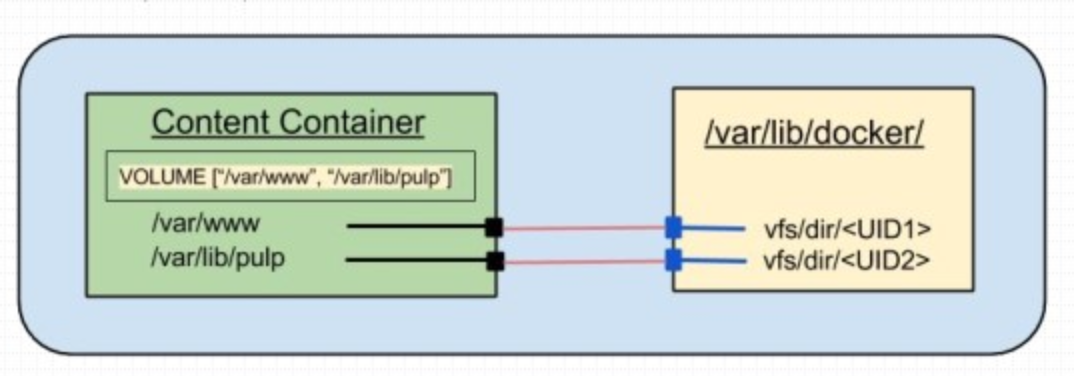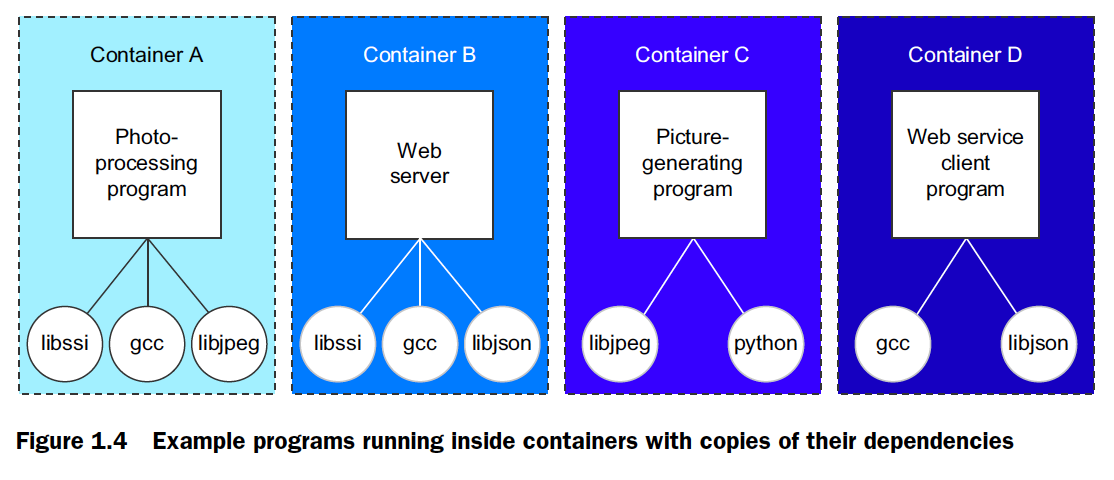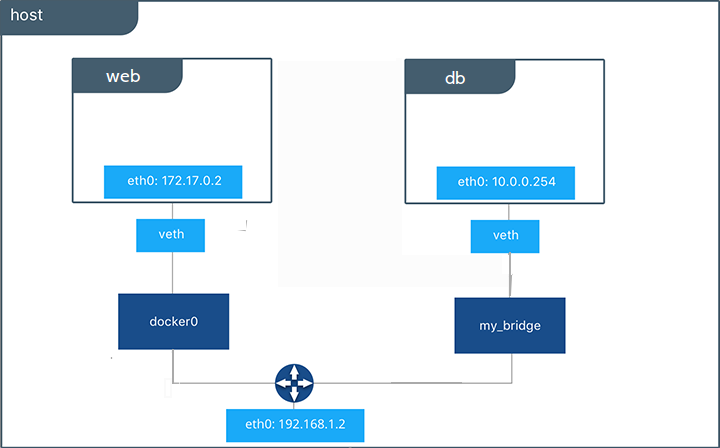

- #Docker run image with volume how to
- #Docker run image with volume install
- #Docker run image with volume driver
Note that since all options are static, you don't even have to run
#Docker run image with volume install
Install the managed rclone docker plugin for your architecture (here amd64): docker plugin install rclone/docker-volume-rclone:amd64 args="-v" -alias rclone -grant-all-permissionsĬreate your SFTP volume: docker volume create firstvolume -d rclone -o type=sftp -o sftp-host=_hostname_ -o sftp-user=_username_ -o sftp-pass=_password_ -o allow-other=true Sudo mkdir -p /var/lib/docker-plugins/rclone/cache Installed on host: sudo apt-get -y install fuseĬreate two directories required by rclone docker plugin: sudo mkdir -p /var/lib/docker-plugins/rclone/config
#Docker run image with volume driver
The FUSE driver is a prerequisite for rclone mounting and should be Rclone volume with Docker engine on a standalone Ubuntu machine. In the first example we will use the SFTP Run on the same host as the docker daemon or on every Swarm node. Handles mounting of remote file systems into docker containers so it must It interacts with the local docker daemon Rclone can run as docker volume plugin in all these modes. (under systemd, sysv or upstart) or as a standalone executable. Managed by the docker daemon, as a native system service

Unlike local volumes, yourĭata will not be deleted when such volume is removed. Volumes shared across containers and hosts. Included with Docker Engine and created from descriptions inįiles for use with swarm stacks across multiple cluster nodes.Īugment the default local volume driver included in Docker with stateful Since Docker 1.10 you can create named volumes withįiles for use by container groups on a single host.Īs of Docker 1.12 volumes are supported by
#Docker run image with volume how to
If you’d like to know how to manage your Docker infrastructure resources get the best out of them for your business, we’d be happy to talk to you.Docker 1.9 has added support for creatingĪnd mounting them in containers as a way to share data between them. Backup restore should be performed with utmost caution, or else you may end up destroying containers wrongly.īobcares helps businesses minimize downtime with our backup management services, which range from formulating the backup plan to restoring the data within no time.

Backups should be routinely tested and verified for adequacy.ĥ. Backups should include all relevant information such as the registry data and config files too.Ĥ. Backups should be rotated regularly or moved to another storage to avoid ‘disk full’ errors.ģ. Backups should be properly named for identification and easy restore.Ģ. Here are a few points to keep in mind during backups.ġ. Today we saw how to perform docker backup and restore operations. It is also possible to restore the data to the existing container. You’ll get a new container with the data restored from the backup. Next step is to untar the backup file created, to the new container`s data volume: docker run -rm -volumes-from new-container-name -v $(pwd):/backup ubuntu bash -c "cd /data-directory & tar xvf /backup/backup.tar -strip 1" To restore a container using the backup of data volumes taken, first create a new container by providing data volume and container names: docker run -v /data-directory -name new-container-name ubuntu /bin/bash This backup files were later copied over to external server for secure storage, using our custom scripts for regular backups. :~# ls -lah backup.tar -rw-r-r- 1 root root 8.6G Oct 25 14:46 backup.tar

The newly created container would be deleted and you’d be left with the backup file for the container. This command created a new container from the existing container and its data volume was backed up to the file ‘backup.tar’ inside backup directory. We executed this command to generate a backup of the container ‘ifs_wordpress_1’ into ‘backup.tar’ file successfully:ĭocker run –rm –volumes-from ifs_wordpress_1 -v $(pwd):/backup ubuntu tar cvf /backup/backup.tar /var/www/html Identify the destination directory for the container


 0 kommentar(er)
0 kommentar(er)
